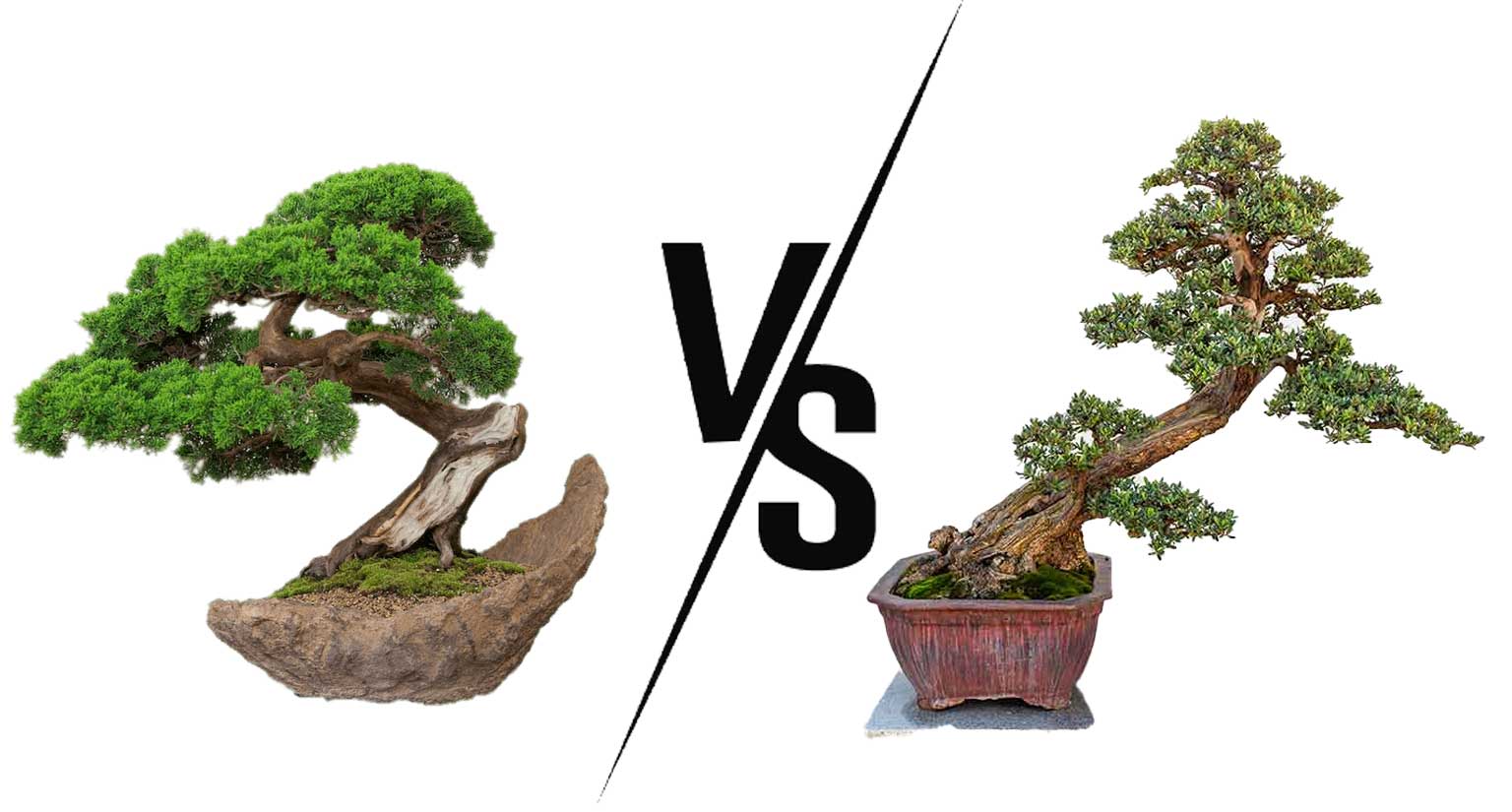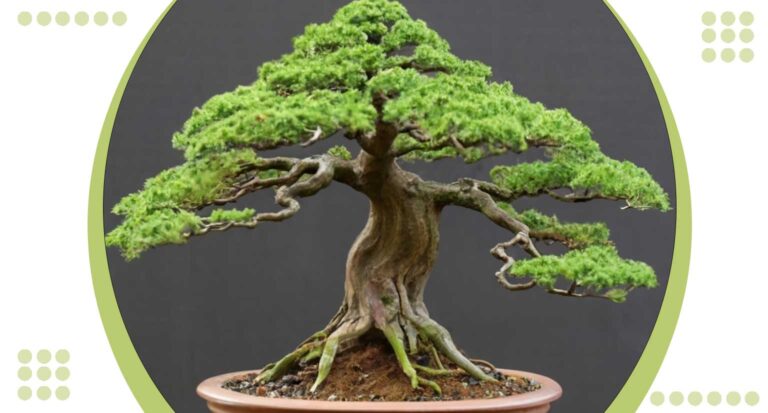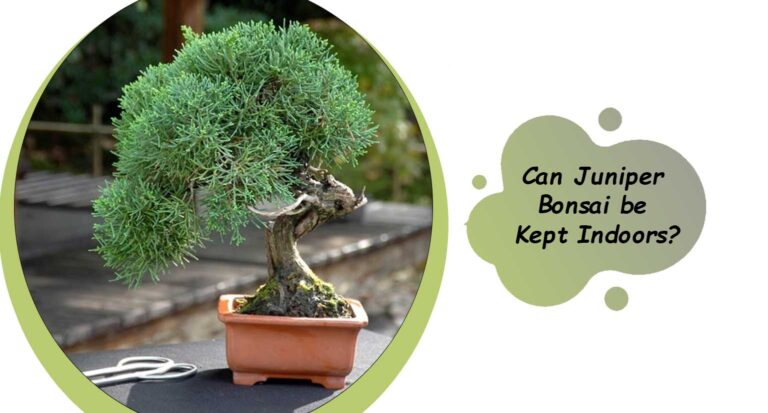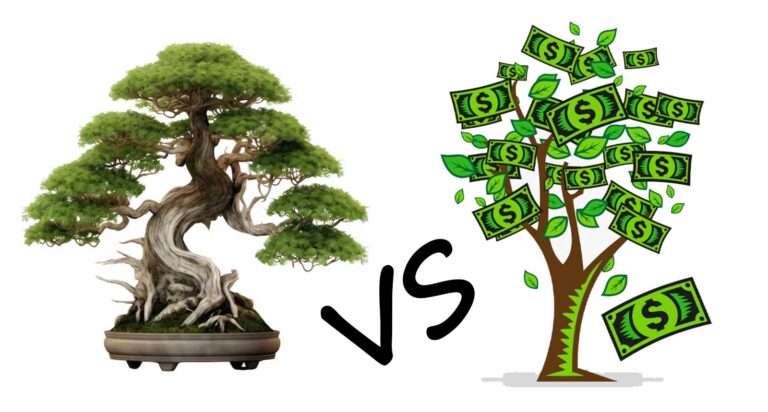Penjing vs Bonsai
When it comes to the world of miniature trees, enthusiasts are often presented with a choice between Penjing and Bonsai.
In this comprehensive guide, we’ll delve into the fascinating realm of these miniature living artworks and explore the key differences that set Penjing and Bonsai apart.
Whether you’re a seasoned collector or just starting, understanding these distinctions is crucial for cultivating and appreciating these miniature marvels. Let’s begin our journey into the captivating universe of Penjing vs Bonsai.
What is the Difference Between Bonsai and Penjing?
To truly appreciate the art of miniature trees, it’s essential to understand the distinctions that set Bonsai and Penjing apart. These differences encompass various aspects, from their origins to their aesthetic principles. Let’s dive into the details:
Cultural Origins
Bonsai: This Japanese artform originated in Japan, where it has been cultivated for centuries. Bonsai focuses on creating small, realistic representations of mature trees.
Penjing: Hailing from China, Penjing is the predecessor of Bonsai. It encompasses a broader range of tree and landscape styles, including a strong influence from Chinese philosophical and aesthetic concepts.
Design Philosophy
Bonsai: The core principle of Bonsai is simplicity and minimalism. It aims to create the illusion of a naturally grown tree within the constraints of a pot, often adhering to traditional Japanese aesthetics.
Penjing: Penjing embraces a more diverse approach, allowing for a wider range of artistic expression. It often incorporates a broader landscape, and the focus may extend beyond just the tree itself.
Aesthetic Characteristics
Bonsai: Bonsai typically features a single tree, pruned and shaped meticulously to achieve balance, harmony, and a sense of age. The pots used are often smaller and simpler in design.
Penjing: Penjing compositions can include multiple trees, rocks, and other elements to create a more elaborate and diverse scene. The pots used for Penjing are often more ornate and larger in size.
Cultural Significance
Bonsai: In Japanese culture, Bonsai is associated with refined elegance and tranquility. It has a strong presence in traditional Japanese art and is often connected to Zen Buddhism.
Penjing: Penjing has a more diverse cultural significance, as it encompasses a broader range of styles and philosophies influenced by various Chinese schools of thought.
Techniques and Training
Bonsai: Bonsai practitioners often follow rigorous techniques and training regimens, focusing on precise wiring and pruning to achieve the desired shape and aesthetics.
Penjing: Penjing artists may employ a wider array of techniques, including the use of jin (deadwood) and shari (bark stripping), to create natural and artistic effects.
Understanding these differences between Bonsai and Penjing is crucial for enthusiasts and collectors. It allows you to appreciate the unique beauty and cultural significance each art form offers.
Whether you’re drawn to the simplicity of Bonsai or the artistic diversity of Penjing, both miniaturized tree styles have their own allure and charm.
Penjing vs Bonsai: A Side-by-Side Comparison
When deciding between Penjing and Bonsai for your miniature tree endeavors, it’s essential to take a closer look at the differences and similarities between these two art forms. This side-by-side comparison will help you make an informed choice:
Cultural Heritage
Bonsai: Rooted in Japanese tradition, Bonsai carries the elegant and minimalist aesthetic sensibilities of Japanese culture. It is deeply intertwined with Zen philosophy.
Penjing: Originating from China, Penjing has a rich history influenced by Taoist, Confucian, and Buddhist philosophies. It allows for more diverse artistic expressions and often incorporates a broader landscape.
Aesthetic Approach
Bonsai: Bonsai focuses on creating the illusion of a mature tree in miniature form. Simplicity, balance, and harmony are core principles, emphasizing the beauty of nature.
Penjing: Penjing offers a wider range of artistic possibilities. It can include multiple trees, rocks, and other elements to create complex and diverse landscapes, often with a more elaborate, artistic touch.
Tree Forms
Bonsai: Bonsai typically features a single tree, meticulously shaped through pruning and wiring. The goal is to convey the essence of a full-sized tree.
Penjing: Penjing compositions may include multiple trees, each with its own unique character. This can create a sense of a forest, mountainscape, or a story within a single scene.
Container Styles
Bonsai: Bonsai pots are generally small, simple, and unobtrusive, designed to complement the tree’s aesthetics without drawing attention.
Penjing: Penjing pots are often more ornate, larger, and may feature intricate designs. These pots can be an integral part of the overall artistic composition.
Training Techniques
Bonsai: Bonsai practitioners employ precise wiring and pruning techniques to shape and maintain the tree’s form. The focus is on achieving natural yet stylized beauty.
Penjing: Penjing artists use a broader array of techniques, which may include jin (deadwood) and shari (bark stripping) to create unique artistic effects beyond natural realism.
Making the choice between Penjing and Bonsai ultimately comes down to your personal preferences and artistic inclinations.
Both styles offer a captivating journey into the world of miniature trees, each with its own cultural and artistic significance.
Whether you’re drawn to the simplicity and precision of Bonsai or the artistic diversity of Penjing, your choice will be a reflection of your unique taste and vision.
Conclusion
In the world of miniature trees, the choice between Penjing and Bonsai is far from trivial. Each art form represents a distinct cultural heritage and a unique approach to shaping nature into artistic expressions.
As we’ve explored in this comprehensive guide, the differences between Penjing and Bonsai encompass their origins, aesthetic philosophies, tree forms, container styles, and training techniques.
While Bonsai embodies the simplicity and elegance of Japanese tradition, Penjing, with its rich Chinese heritage, offers a canvas for more diverse and complex artistic expressions.
The decision between these two captivating art forms ultimately depends on your personal preferences and artistic vision.
Whether you’re captivated by the serene, minimalist beauty of Bonsai or the intricate, diverse landscapes of Penjing, both offer a remarkable journey into the captivating world of miniature trees.
With this understanding, you’re now better equipped to choose the path that resonates most with your sensibilities and embark on a fulfilling and artistic journey with Penjing vs Bonsai.







